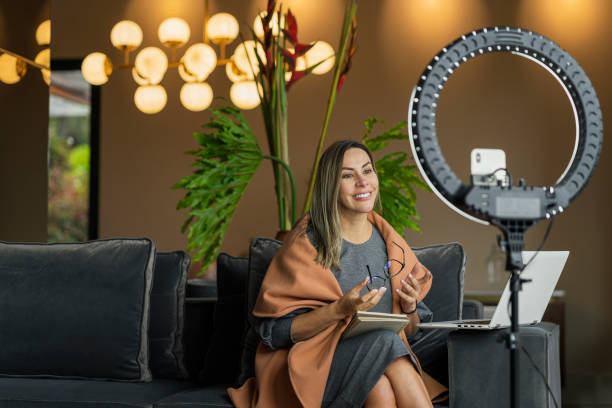
Designing a blog involves a combination of aesthetic appeal, user experience, and functionality. In this guide, I’ll break down the process into key steps, considering both the visual and structural aspects of blog design. While it’s challenging to cover every detail in 3,000 words, I’ll provide a comprehensive overview to help you get started.
Define Your Purpose and Audience
Before diving into design, clarify your blog’s purpose and target audience. Understand the topics you’ll cover and the type of readers you want to attract. This will influence design decisions and content creation.
Choose the Right Blogging Platform
Select a platform that aligns with your needs. Popular options include WordPress, Blogger, and Medium. WordPress, for instance, offers flexibility, customization options, and a vast array of plugins.
Plan Your Content Architecture
Organize your blog content logically. Create categories and subcategories that reflect your topics. Plan your navigation menu to make it easy for visitors to find what they’re looking for. Consider using tags to enhance content discoverability.
Focus on Responsive Design
Optimize your blog for various devices. Responsive design ensures your site looks good and functions well on desktops, tablets, and smartphones. Test your design across different screen sizes to ensure a seamless user experience.
Choose a Clean and Readable Typography
Select fonts that are easy to read. Aim for a clean and professional look. Use a combination of fonts for headings and body text. Ensure proper line spacing and font sizes for readability.
Create a Visually Appealing Layout
Design a layout that’s visually appealing and user-friendly. Consider the use of whitespace to prevent clutter. Utilize a grid system for consistency. Place important elements, like the navigation menu and search bar, where users expect to find them.
Select a Cohesive Color Scheme
Choose a color palette that aligns with your brand and resonates with your audience. Consider the psychology of colors and use contrasting colors for text and background to enhance readability. Ensure accessibility by meeting contrast standards.
Incorporate High-Quality Imagery
Use images that complement your content and enhance the overall visual appeal. Invest in high-quality, relevant images. Optimize images for faster loading times and ensure they are responsive.
Implement Intuitive Navigation
Make navigation straightforward. Use a clear menu structure and include a search bar. Implement breadcrumbs for easy backtracking. Consider a sticky menu for easy access to navigation options as users scroll down.
Optimize for SEO
Implement on-page SEO strategies. Use descriptive and keyword-rich titles, meta descriptions, and alt tags for images. Create a sitemap and submit it to search engines. Regularly update and optimize your content for search engine ranking.
Integrate Social Media
Encourage social sharing by integrating social media buttons. Display your latest posts on social platforms and enable comments to foster engagement. Ensure that your social media profiles are linked prominently.
Test and Iterate
Regularly test your blog’s design and functionality. Seek feedback from users and make iterative improvements. Monitor site analytics to understand user behavior and adjust your design accordingly.
Conclusion
Designing a blog involves a thoughtful blend of functionality, aesthetics, and user experience. By defining your goals, selecting the right platform, and paying attention to details like layout, typography, and imagery, you can create a blog that not only looks great but also engages and retains your audience. Regular testing and optimization will ensure your blog remains fresh, relevant, and effective.





